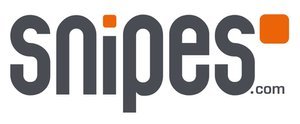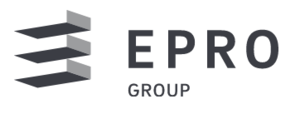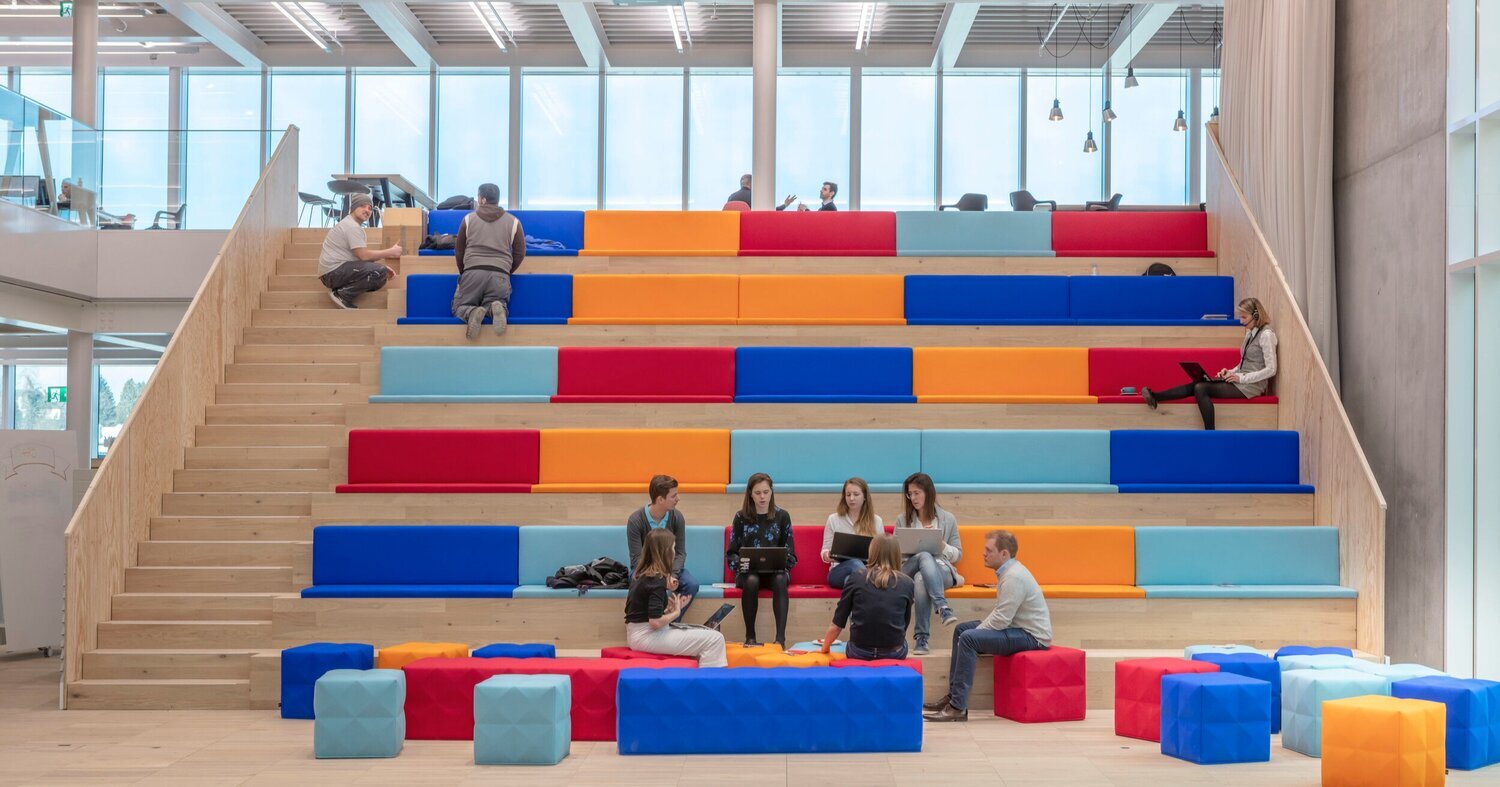One example is the planning, conducting and follow-up of meetings. In EPRONET, I do all this in one workspace. In the background, the necessary apps (OneNote; SharePoint; Planner) are automatically provided and used. The information is then immediately available to the right group of participants.
The meeting functionality is eagerly used in EPRONET. Are there functionalities in EPRONET that you would have expected more of?
Alain Schlunegger: Yes. We have the possibility to chat (Yammer) on the EPRONET's homepage. That hasn't worked so far. I assume that the users do not want to expose themselves too much. They prefer chatting within Microsoft Teams or project workspaces. We use the start page primarily for CEO communication.
But you don't just use EPRONET internally; you also invite customers to project workspaces. Have you received any feedback from customers?
Alain Schlunegger: We only use EPRONET occasionally for our customers, but we have already received very positive feedback. The customers appreciate always having everything at hand in one place. This transparency also creates trust. Of course, there are also 'dinosaurs' on the customer side - people who still prefer e-mail for everything. That requires a little more patience.
With EPRONET, we have also been able to increase our internal quality standards. In the past, content was freely copied together. Today, it is very clear that we only use the documents on EPRONET.
Another important benefit is that I can use EPRONET to present the services of all group companies in customer meetings. All companies are mapped on the EPRONET. As I said, we want the most up-to-date information to be available there at all times. This means that I can also pitch the offerings of my sister companies. In the past, this was done on demand: "Could you please ...?" or "I'll send you more documents." Today, this is possible without being asked.
Simon, CoffeeNet 365 is delivered as an out-of-the-box solution. A kind of house with different rooms that can then be set up as desired by the users. What do you like most about setting up the EPRO GROUP solution? Are there any best practices that you can also recommend to other companies?
Simon Locher: Definitely the tags, but also the standardized project templates. The effort to achieve a functional workspace should be miminal. We succeeded in doing that.
Third, clear structures, a common goal, a common plan. This was the only way we could keep to the tight schedule as well as the costs.
Mr. Schlunegger, EPRONET has been launched. What's next?
Alain Schlunegger: Our vision extends beyond EPRONET. The digitization of our business processes continues.
But even with EPRONET, there is still potential for optimization. We are collecting the topics that we still need to address in a central list. In particular, the topic of permissions will still absorb us a bit more.















































